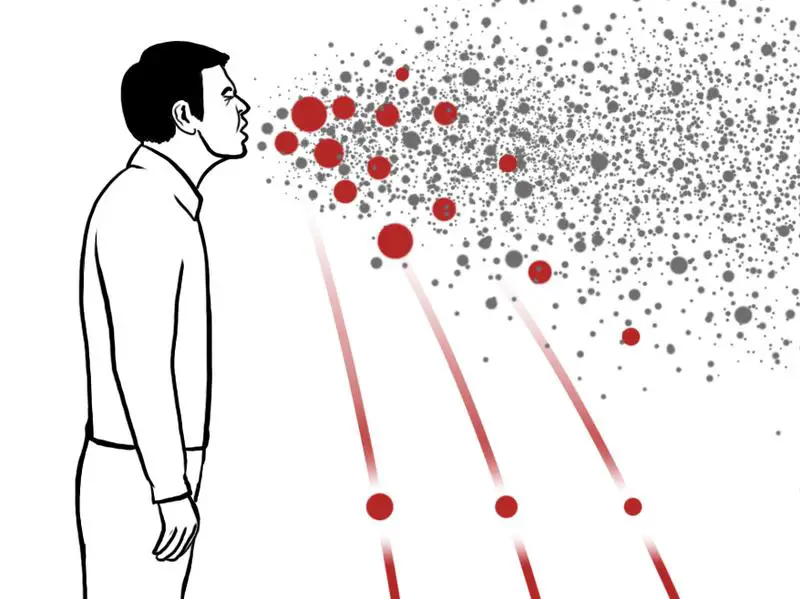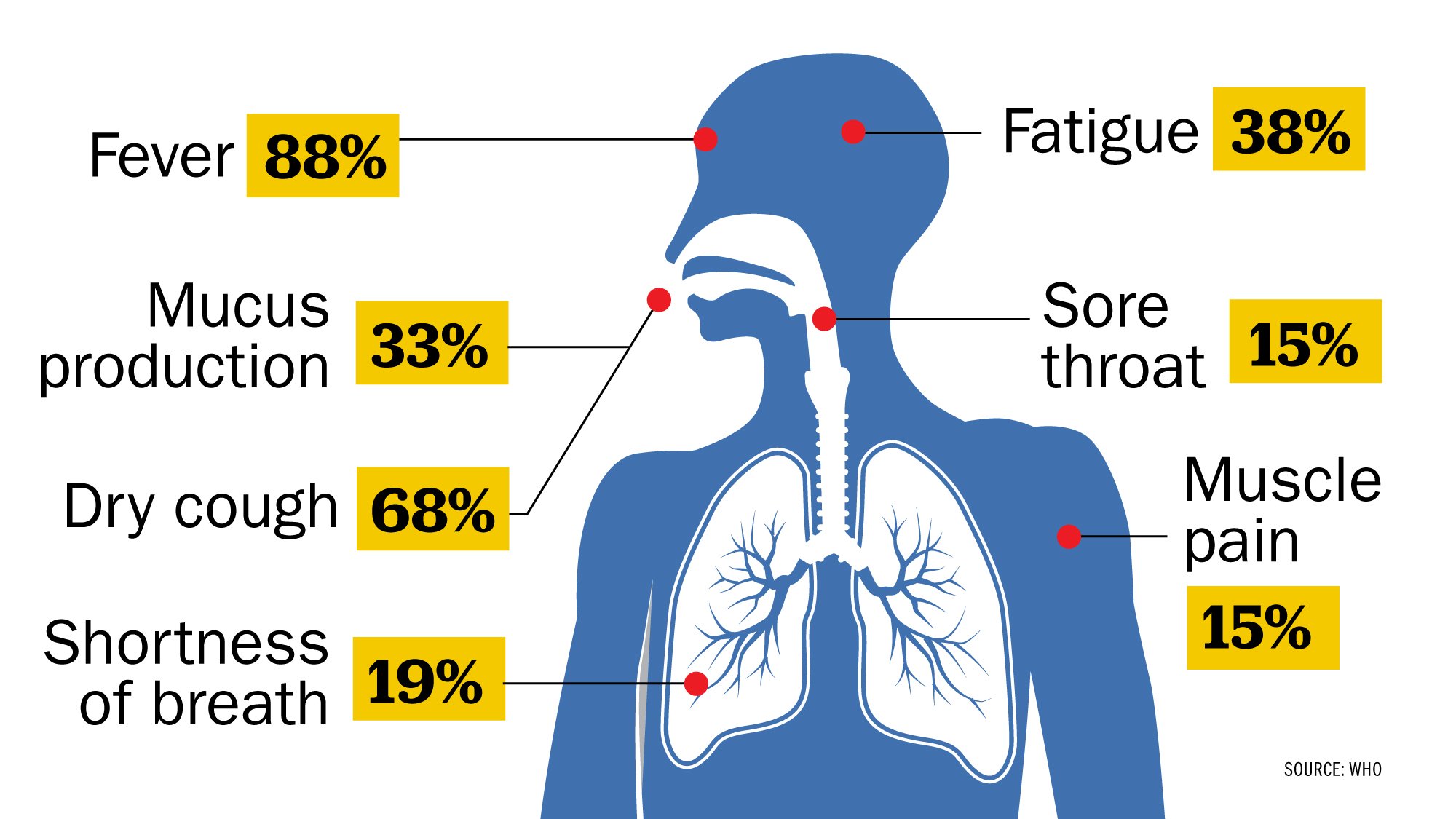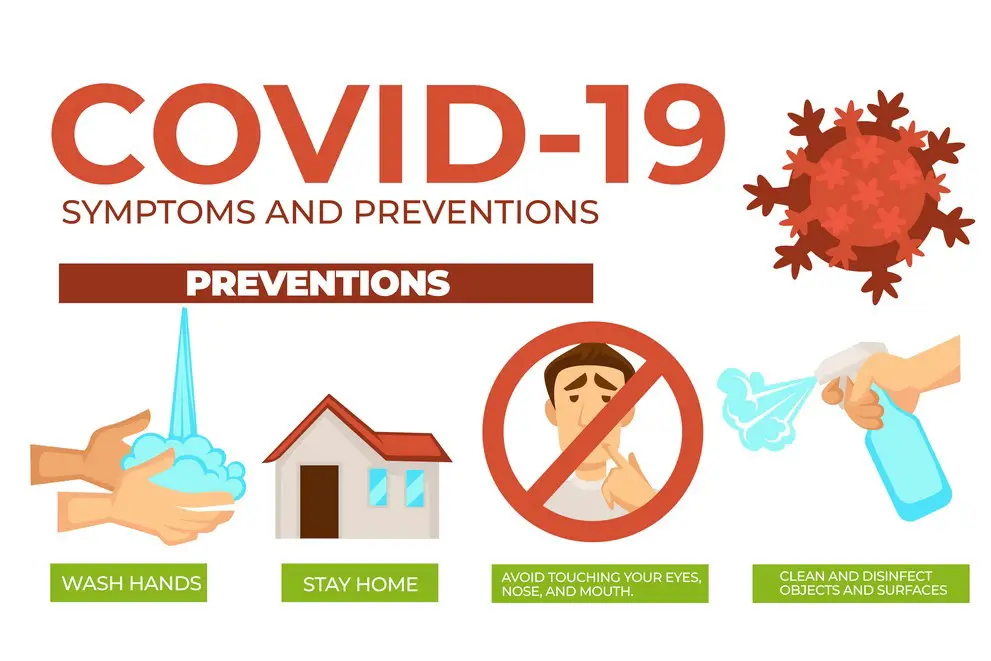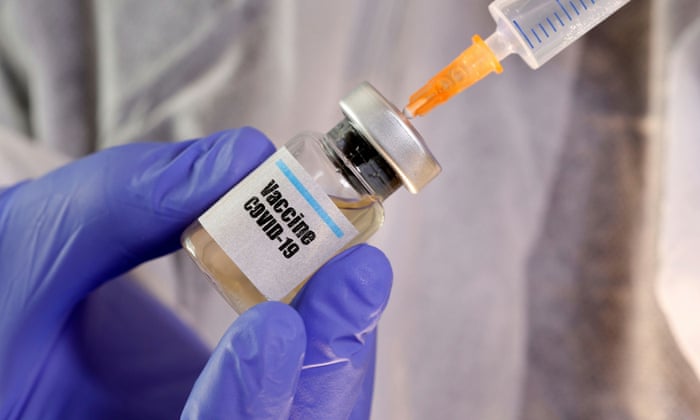All You Need to Know about the COVID-19
Health
The term Coronaviruses expresses a distinct group of viruses that can affect not only humans but also species of animals, such as dogs, bats, cats, camels, birds, mice, and livestock. These microorganisms may cause minor diseases, for instance, common cold, or they can be deleterious, such as Middle East Respiratory Syndrome (MERS), Severe Acute Respiratory Syndrome (SARS), and Coronavirus Disease 2019 (COVID-19). In the 1960s, the first case of coronavirus recorded in humans. These viruses are capable of infecting hepatic, respiratory, neurological, and enteric systems of the human body. COVID-19, which is more commonly known as Coronavirus Disease 2019, is a communicable disease and caused by the SAR-CoV-2 virus. In late 2019, this unique type of coronavirus emerged in China; particularly, the city of Wuhan. Since then, the virus took no time not only in spreading across other cities of China but also all over the world. The World Health Organization (WHO) named Coronavirus Disease 2019 as COVID-19 on 11th February 2020. On 11th March 2020, the World Health Organization declared it a pandemic, which is a terminology used when the disease spreads in many regions of the world and affects a tremendous number of people. The COVID-19 virus has infected numerous people worldwide, and as of 26th April 2020, more than two hundred thousand people have died, whereas, above eight hundred thousand people have so far been recovered.
COVID-19 Transmission

The infected number of people is swiftly growing. So far, the virus has affected nearly three million people in numerous countries and territories. The germs generally transmit from one person to another during a close contact of about one to two meters, usually through water droplets that are discharged from the mouth while speaking, sneezing, or coughing. Researchers have also revealed that droplets can travel between four to eleven meters due to coughing. For that reason, Health specialists recommend wearing a surgical face mask because it can limit the disperse of droplets into the atmosphere. These respiratory droplets also contaminate the nearby surfaces, and upon touching those surfaces, the virus readily transmits to another person and, thus, the cycle continues.
Besides, the transmitted droplets can stay in surroundings for quite a long duration, and it can also infect a person who breathes in that contaminated atmosphere. Researchers found that the SAR-CoV-2 can survive from a few hours to several days on different surfaces. The virus can survive for up to four hours on the surface of copper, twenty-four hours on the surface of cardboard, whereas, its life is maximum on the surface of stainless steel and plastic, which is approximately three days. These values may differ from region to region since the virus' life depends on climate temperature and humidity. Moreover, animals can also contract SAR-CoV-2; however, there is no proof yet that whether the infected animals can transmit the virus to humans or not. Nevertheless, health experts suggest washing hands for at least twenty seconds after contact with pets.
Symptoms

The most prevalent COVID-19 symptoms include dry cough, fever; however, some rear symptoms include loss of sense of smell, phlegm, and tiredness, headache, muscle and joint pain, vomiting, sore throat, and diarrhea. Patients in the most severe cases find it difficult to breathe, and it may eventually lead to failure of different body organs. Therefore, it is imperative to take the virus seriously and take necessary precautions as the COVID-19 may become lethal for some patients. The virus is highly transmissible within three days after the patients start to feel symptoms; however, it does not mean that the virus does not transmit before and after stages of illness. According to the World Health Organization, the virus roughly infects critically one person out of five and that one person suffers from shortness of breath. The Centers for Disease Control and Prevention, which is a leading public health institute of the United States, has identified some COVID-19 symptoms that need immediate medical attention. Those symptoms include: change in color of face or lips, walking difficulty, continuous pain in the chest, and shortness of breath.
Prevention

Undoubtedly, prevention is invariably better than cure. We all have witnessed the spread of COVID-19, and now we must stop it from spreading any further. Tactics to control the disease fluctuate from country to country. Domestic and international travel is limited in many countries, specifically to those regions where COVID cases are high.
There are countless ways through which the virus can spread, and we need to take preventive measures. They include: avoid random contact with your nose, eyes, mouth; keep yourself clean; use tissue while sneezing or coughing.
Besides, those people who are infected ought to wear surgical marks in public places. Currently, there is no vaccine available to cure the disease; however, research work is underway in many countries to invent the cure of COVID-19. The risk of infection decreases by the following precautions:
a) Physical Distancing
Physical distancing, also known as social distancing, is a tactic of keeping a safe gap between individuals. It reduces the chances of contracting a contagious disease. Center for Disease Control and Prevention recommends keeping at least a distance of two meters from another person, avoid meeting groups, and huge crowds. If you have any patient of COVID-19 in your neighborhood, avoid contact with any person in your locality. It is necessary to know that the virus is infectious even before its symptoms; therefore, unnecessary contact with any person is inadvisable.
b) Face Masks
According to international health organizations, people should only wear masks in public places where physical distancing is impracticable to maintain. CDC recommends N95 respirators or surgical masks for healthcare professionals, who treat patients of COVID-19, and infected people, other people can use homemade face cloth in public places, such as grocery stores.
c) Disinfecting
Health organizations recommend sterilizing the whole area where there is a patient of COVID-19. It includes door handles, electronic equipment, bathroom, kitchen, or any other thing which the patient touched. Besides, use EPA-registered disinfectants as they have a high quantity of alcohol. It is advisable to frequently wash your hands with soap and water for a minimum of twenty seconds. Alternatively, you can also use hand sanitizer with at least 60 percent alcohol if water and soap are unavailable.
d) Isolation
People infected by COVID-19 must segregate themselves from healthy people. In several countries, governments have set isolation centers for patients who cannot confine themselves in their homes. Also, if a COVID-19 patient is isolating at a house and does not follow the isolation instructions of health organizations, it is more likely that the virus may transmit to other people of the same house.
Some Facts about the COVID-19 Vaccine

Even though people and government authorities are collaborating to fight against the spread of the deadly disease, the best hope for them is the invention of a vaccine for eradicating this pandemic. Many researchers are working for the vaccine day and night; they are struggling to minimize the damage caused by the COVID-19. In the month of March 2020, the World Health Organization claimed to start testing the most suitable drugs, such as hydroxychloroquine and chloroquine, which have been useful to treat malaria patients. Another antiviral drug called remdesivir is also under consideration to cure COVID-19. The third trial will include ritonavir and lopinavir, which are HIV drugs. Besides, researchers will conduct an experiment involving a combination of HIV and antiviral drugs. Several European countries also began conducting experiments with the same combination of drugs to examine their efficacies. We all know that coronaviruses are not new to the world. Many studies have performed in the past for the development of a vaccine. Some of the challenges that researchers faced are as follows:
a) It might be possible that the patient infected with coronaviruses contract the same virus again after a few months or years; however, the re-infection, generally mild, is possible only in a small number of people. Therefore, the vaccine must be efficient and long-lasting in protecting people from re-infection.
b) It is necessary to analyze whether the vaccine is safe enough for people in the long-run. In the past, numerous vaccines tested on animals for the treatment of Severe Acute Respiratory Syndrome (SARS), and some of them increased their survival but failed to cure the illness. Thus, the new vaccine needs to be tested extensively before using it on humans and does not cause any complications in the future.
c) Generally, older people are more vulnerable to diseases since their immune system is not as strong as the younger people; therefore, the vaccine must protect people who are in their 50s.
COVID-19 vaccine may take several years to develop because it involves the invention of a new drug that has never tested before. The vaccine must fulfill the requirement of health safety before mass producing it.
You might be wondering why a vaccine takes so much time to develop? Well, tests are initially conducted on animals to evaluate the efficacy of the vaccine. Besides, there are some guidelines, including safety practices, set by health organizations for doing tests in labs, and for the manufacturing of the drug.
After successful testing on animals, the next phase involves vaccine testing on humans to evaluate effectiveness, which is followed by formulating vaccine doses for different age groups. Ultimately, after prosperous results in the previous phases, the vaccine is tested on a larger group. The vaccine developers must expedite all these phrases as the fatality rate has already escalated due to the COVID-19 pandemic. However, people should not expect the availability of vaccine in less than six months after the trials. Health professionals believe that the realistic timeline is between twelve to eighteen months; nevertheless, they are still unsure about the vaccine invention that can cure the COVID-19.
For fulfilling the needs of the global population, the approved vaccine may still take time in manufacturing and distribution. Yet, we are very hopeful and expecting that governments, health agencies, and pharmaceutical companies will work together to find the cure of this lethal SAR-CoV-2.
Global Fatality Risk

It is hard to estimate the risk of fatality since it depends on the actual number of survivors who contracted the virus. Besides, some countries have a low testing capacity and a high number of patients, such as the United States and Italy. Chinese health professionals believe that the fatality rate of COVID-19 is associated with age and other chronic diseases. They think that if older people contract the virus, there is a high risk of fatality among them when compared to youngsters. Also, the risk of death is more among people who are suffering from diseases, such as diabetes, heart problem, or any other respiratory disorder.
On the other hand, the probability of being critically sick or dying is low among young children.
With regards to pregnant women, there is no substantial evidence confirming that they are at higher risk from the COVID-19; however, further research is necessary to validate this perception.
Anyhow, we all have been witnessing that people of every age group are affected by the virus. Therefore, all of us must take precautions to keep ourselves safe and let us hope that this pandemic ends sooner than expected.

Ejaz Khan